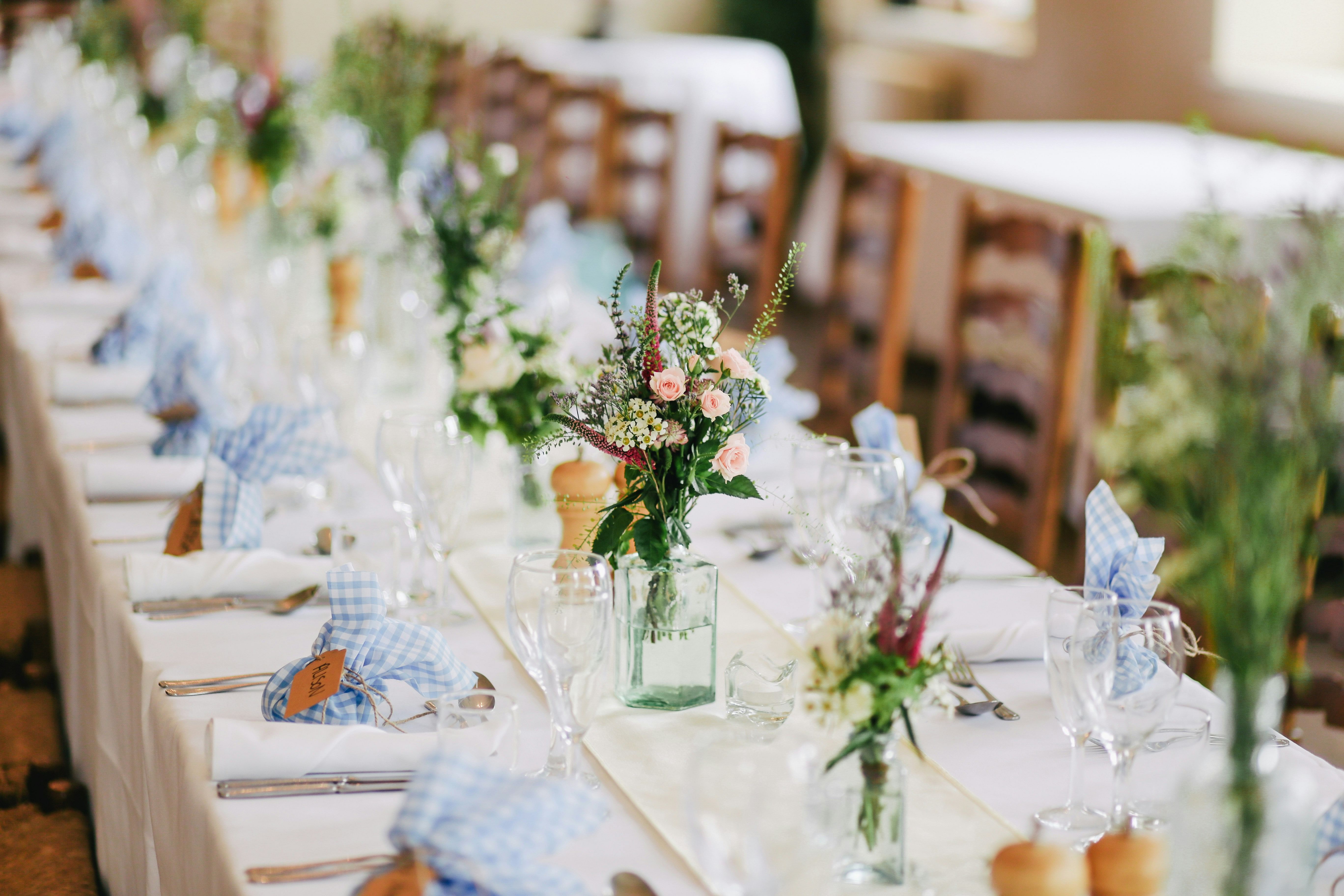
Money Dance
Request A Callback
Money Dance... Yes or No?
The wedding money dance, also known as the dollar dance in some cultures, has long been a cherished tradition in various parts of the world. Its origins are as diverse as the cultures that embrace this festive custom, each bringing its unique flair and meaning to the celebration.
The history of the money dance is somewhat elusive, with its roots tracing back to different cultural practices across Europe, Africa, and even Latin America. One of the most well-documented origins is from Poland, where the "oczepiny" involves guests lining up to dance with the bride or groom in exchange for a small monetary gift. The essence of this practice is to offer financial support to the newlyweds as they embark on their new journey together, using the funds to help with their honeymoon or start their household.
In Filipino culture, the money dance, or "Sayaw ng Pera," is a highlight of the wedding reception. Guests pin money on the couple's clothing, often accompanied by lively music and festive merriment. This practice not only symbolizes the guests' good wishes and support but also serves as an expression of community and camaraderie, recognizing that marriage is a significant step that benefits from the support of loved ones.
Similarly, in many Latino cultures, the "Baile del Billete" is a popular wedding feature. It involves a series of upbeat dances where guests shower the couple with monetary gifts. In these traditions, the money dance is more than just a financial gesture; it is a communal affair that brings both families and friends together to celebrate and support the couple materially and emotionally.
While the money dance's specific customs may vary from culture to culture, its underlying significance remains universal — it is a joyous expression of goodwill and a practical contribution to the couple's future. Over time, this tradition has transcended its origins, becoming a beloved feature in modern weddings across different cultures worldwide.
In contemporary settings, the money dance has evolved to suit various preferences, with some couples incorporating it as a fun, lighthearted addition to their wedding festivities, while others may adapt it to fit their cultural narratives. Regardless of its form, the money dance continues to be a testament to the enduring community spirit and the warmth of human connection, reminding couples that they are not alone as they step into their new life together.